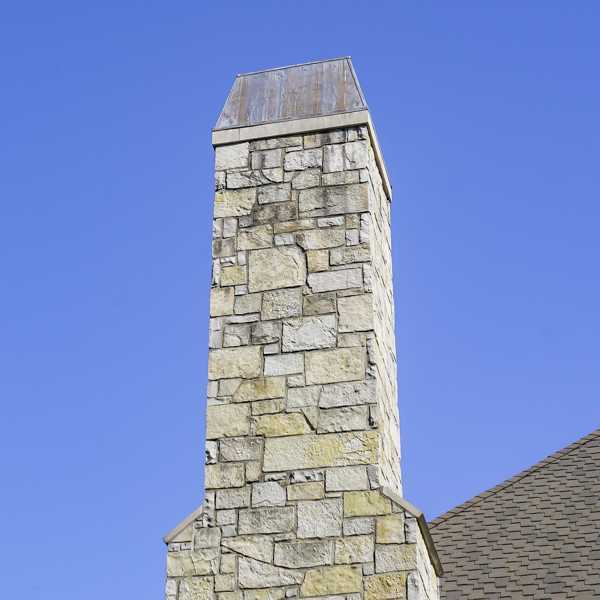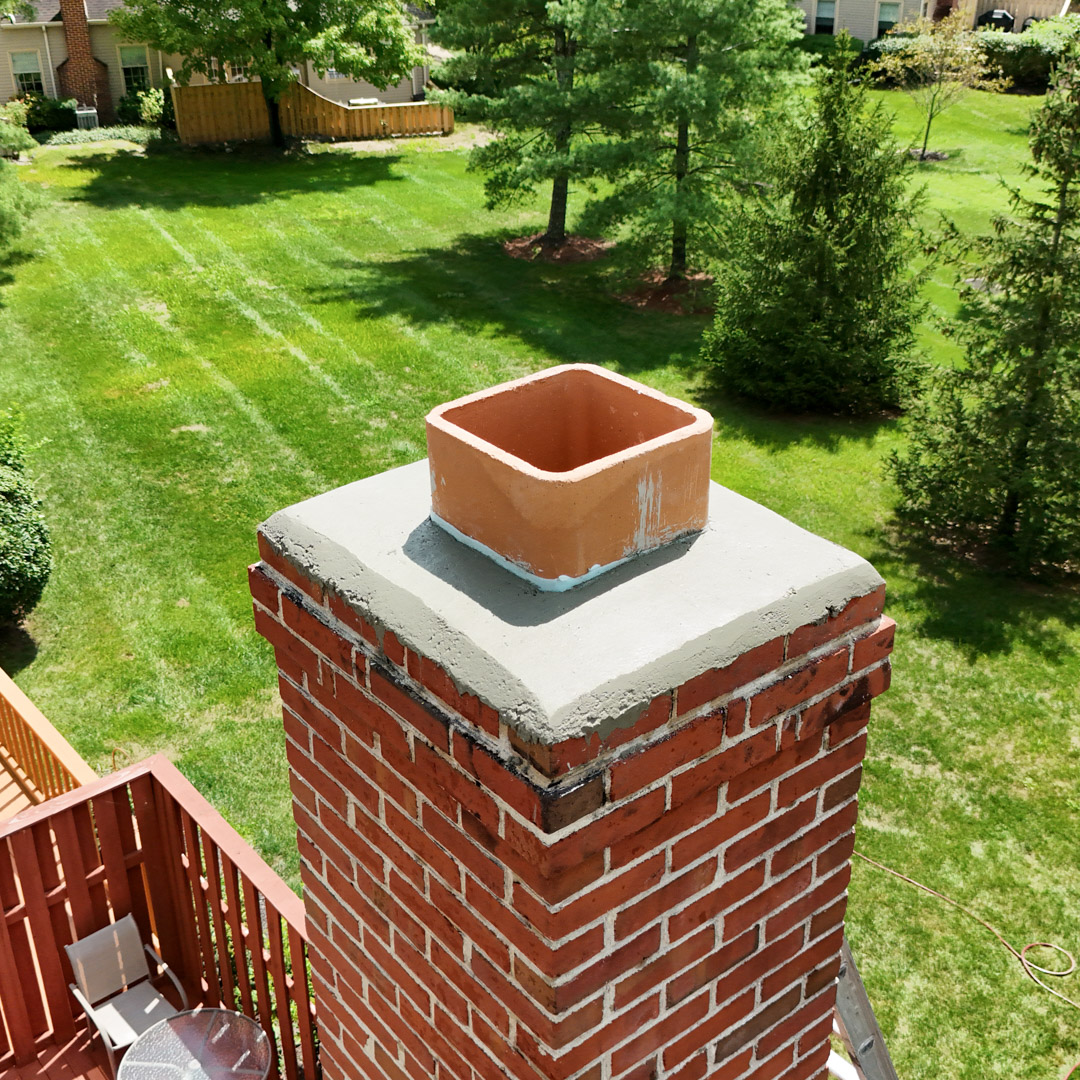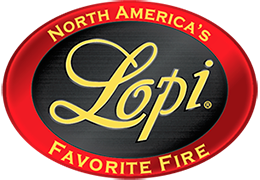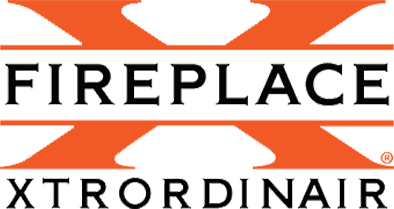Understanding Your Chimney
 The Parts that Make Your Chimney
The Parts that Make Your Chimney
Like building a house, producing a car, or assembling a laptop, your chimney is only as good as its parts.
The Smoke Shelf
The smoke shelf is a flat surface near your chimney’s throat and is designed to keep water, leaves, needles, and debris out of your fireplace’s firebox. It also protects against downdrafts from entering your chimney.
The Firebox
The firebox connects your fireplace to your chimney. It is made of heat-resistant bricks because it comes into contact with the flames in your fireplace, hence its name.
The Chimney Throat
A chimney throat is where smoke and gases from your fireplace go; it also is the starting point for a draft.
The Smoke Chamber
Smoke floats upwards from the throat into the smoke chamber. Usually shaped like a pyramid or funnel, the smoke chamber guides smoke into the chimney’s flue.
The Chimney’s Flue
Your chimney’s flue is a long tube that runs almost the entire length of your chimney and let’s smoke rise through. It has a liner that guards the rest of the chimney from heat and keeps gases like carbon monoxide from entering your home. Liners are usually made from stainless steel; older homes may have a chimney liner composed of casted masonry material.
The Damper
The damper is a metal component that opens when you use your chimney and closes when your fireplace isn’t being used. It prevents heated air from escaping and cold air from infiltrating your home. It also serves as a barrier to keep smaller wildlife from taking up residence in the house.
The Chimney Crown
At your chimney’s apex is a concrete area known as its crown. It is a slab that serves the purpose of protecting the top of your chimney and slopes to direct water away from the flue opening. Without a crown, your chimney would erode at an accelerated rate as it protects the bricks and mortar beneath it from water damage.
The Chimney Cap
It’s apparent where a chimney cap gets its name. It’s a piece of metal atop your chimney that resembles, yes, a cap. Its function is clear: to keep rain, snow, or hail from entering your chimney. Normally, it is attached to the chimney via a wire mesh cage known as a spark arrestor, which keeps sparks in and debris and wildlife out.

The Clean-out Opening
Occasionally, debris will get past your chimney cap and damper and find its way all the way down to the bottom of the flue. The cleanout area at the back of the chimney will allow you access through a door to clean out the debris that has been collected.
A Final Thought
So, now that you understand your chimney’s parts, you should also understand the importance of regular chimney maintenance. Having a qualified chimney sweep service to maintain your chimney regularly will ensure your chimney and fireplace are in good working shape when needed.
Let Dubuque Make Sure All of Your Chimney is In Shape
Don’t go into the winter not knowing if your fireplace is ready; let us inspect and clean your chimney so that none of its parts don’t work correctly. Contact us today; we will gladly discuss setting up a maintenance plan for your fireplace and chimney.



















